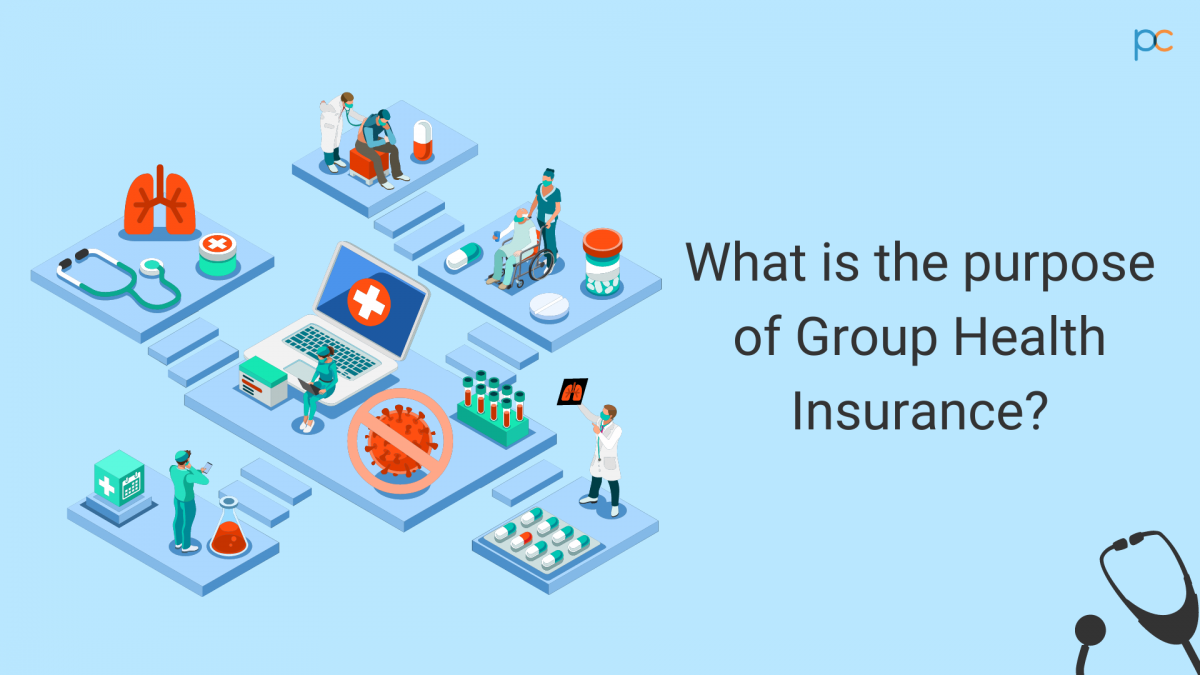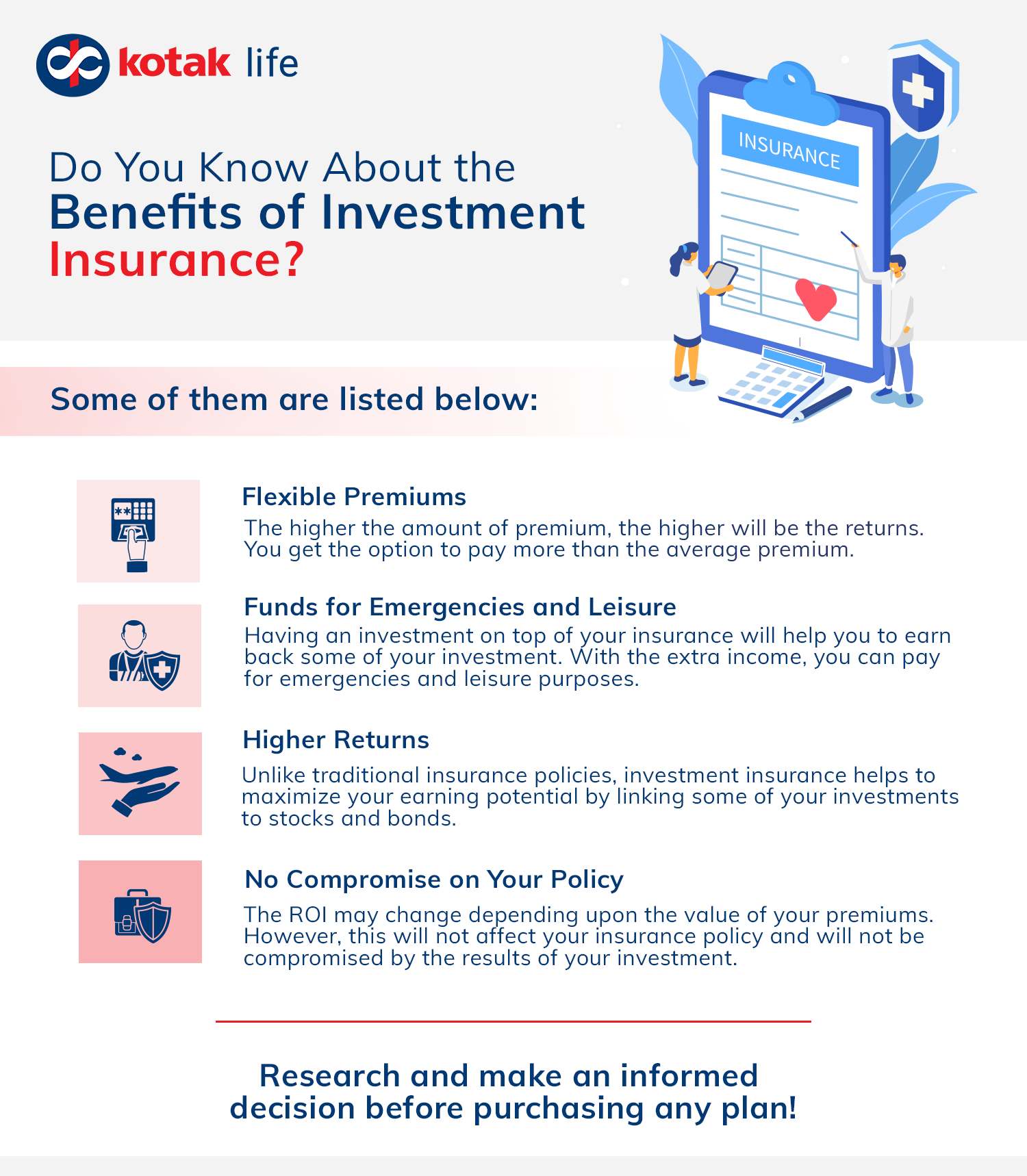Some Known Details About Pacific Prime
Some Known Details About Pacific Prime
Blog Article
Pacific Prime Things To Know Before You Buy
Table of ContentsHow Pacific Prime can Save You Time, Stress, and Money.Top Guidelines Of Pacific PrimeRumored Buzz on Pacific PrimePacific Prime Fundamentals ExplainedThe Ultimate Guide To Pacific Prime

This is due to the fact that the data were accumulated for a period of solid financial efficiency. Of the estimated 42 million people that were uninsured, almost regarding 420,000 (concerning 1 percent) were under 65 years of age, the age at which most Americans end up being qualified for Medicare; 32 million were adults between ages 18 and 65, around 19 percent of all adults in this age; and 10 million were children under 18 years of age, regarding 13.9 percent of all children (Mills, 2000).
These quotes of the variety of individuals without insurance are created from the yearly March Supplement to the Current Population Survey (CPS), carried out by the Demographics Bureau. Unless or else noted, national quotes of people without medical insurance and proportions of the populace with various kinds of protection are based upon the CPS, one of the most widely utilized resource of price quotes of insurance policy protection and uninsurance prices.
Some Ideas on Pacific Prime You Need To Know

Still, the CPS is particularly beneficial since it generates annual estimates relatively rapidly, reporting the previous year's insurance protection estimates each September, and due to the fact that it is the basis for a regular collection of price quotes for greater than twenty years, enabling analysis of fads in protection over time. For these factors, as well as the comprehensive use the CPS in various other research studies of insurance coverage that are provided in this record, we depend on CPS price quotes, with constraints kept in mind.

The estimate of the number of without insurance individuals expands when a population's insurance standing is tracked for several years. Over a three-year duration starting early in 1993, 72 million individuals, 29 percent of the U.S. https://www.pubpub.org/user/freddy-smith-2. populace, were without protection for a minimum of one month. Within a solitary year (1994 ), 53 million people experienced a minimum of a month without insurance coverage (Bennefield, 1998a)
6 out of every ten without insurance adults are themselves used. Working does boost the likelihood that one and one's household members will certainly have insurance, it is not a warranty. Even members of households with 2 full time breadwinner have practically a one-in-ten chance of being without insurance (9.1 percent without insurance rate) (Hoffman and Pohl, 2000).
How Pacific Prime can Save You Time, Stress, and Money.
New immigrants make up a considerable percentage of people without health and wellness insurance. One analysis has connected a significant part of the current development in the dimension of the united state without insurance populace to immigrants who showed up in the nation between 1994 and 1998 (Camarota and Edwards, 2000). Current immigrants (those that concerned the United States within the previous four years) do have a high rate of being uninsured (46 percent), however they and their kids make up simply 6 percent of those without insurance nationally (Holahan et al., 2001).
The connection between wellness insurance policy and accessibility to care is well developed, as recorded later on in this chapter. Although the partnership in between medical insurance and wellness results is neither straight neither straightforward, an extensive medical and health services research literary works web links medical insurance protection to enhanced access to care, better quality, and boosted individual and populace health status.
Levels of analysis for examining the results of uninsurance. It focuses particularly on those without any health and wellness insurance for any kind of length of time.
The 15-Second Trick For Pacific Prime
The issues faced by the underinsured are in some areas similar to those faced by the without insurance, although they are normally less severe. Wellness insurance coverage, however, is neither necessary neither adequate to gain accessibility to medical solutions. The independent and straight impact of health insurance protection on access to health and wellness services is well established.
Others will certainly obtain the wellness care they require also without health insurance, by spending for it out of pocket or seeking it from providers that use care complimentary or at highly subsidized rates. For still others, medical insurance alone does not guarantee receipt of care due to the fact that of other nonfinancial barriers, such as an absence of healthcare companies in their international health insurance area, restricted accessibility to transportation, illiteracy, or etymological and cultural differences.
The 7-Minute Rule for Pacific Prime
Formal research study regarding without insurance populaces in the United States dates to the late 1920s and early 1930s when the Committee on the Expense of Healthcare generated a collection of reports about financing physician office sees and hospitalizations. This concern came to be significant as the varieties of clinically indigent climbed up throughout the Great Depression.
Report this page